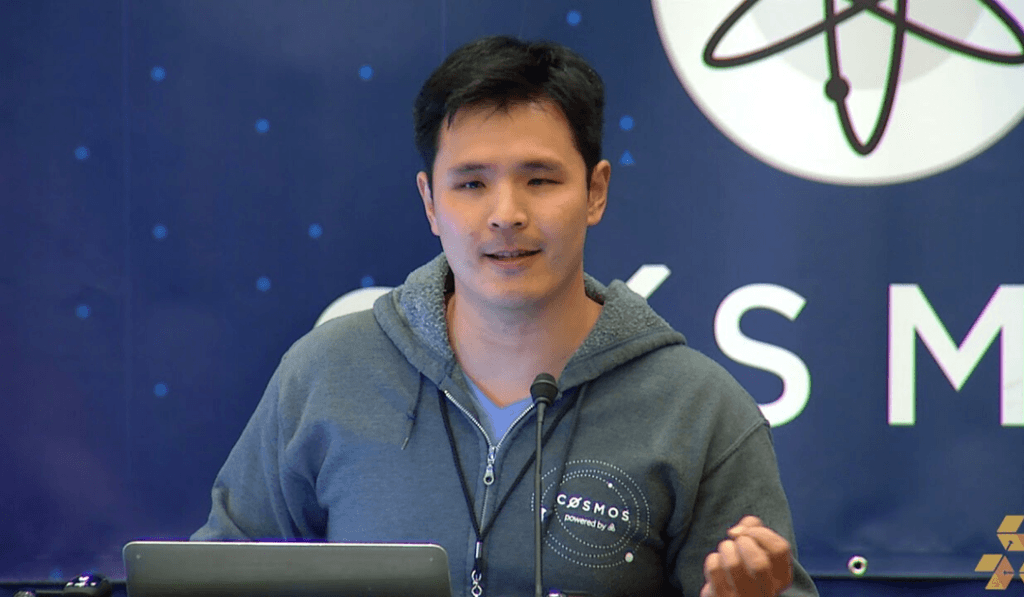Background and History
BitU Protocol was developed to solve key inefficiencies in the DeFi space, particularly in liquidity management and staking. Traditional liquidity provision models often suffer from high slippage and capital inefficiency, which BitU seeks to address through its Automated Liquidity Management Mechanism (ALMM). Additionally, the protocol’s staking and yield-generating mechanisms provide users with attractive opportunities to earn rewards.
The project aims to democratize access to decentralized finance by offering a comprehensive platform for multi-asset trading, staking, and liquidity management. By automating complex DeFi processes, BitU enables users to maximize their returns while minimizing risk, making it a valuable tool for both new and experienced DeFi participants.
Key Features and Technologies
Automated Liquidity Management Mechanism (ALMM)
One of the core features of BitU Protocol is the Automated Liquidity Management Mechanism (ALMM). This system allows users to provide liquidity with minimal manual intervention. Unlike traditional liquidity pools, where users must manually manage their positions, the ALMM automatically adjusts liquidity based on market conditions, ensuring optimal capital efficiency.
The ALMM reduces slippage and impermanent loss by dynamically reallocating liquidity to where it is most needed, improving the experience for both liquidity providers and traders.
Staking and Yield Generation
BitU offers a staking mechanism that allows users to earn rewards by locking up their tokens within the platform. Stakers participate in yield farming, benefiting from the protocol’s high-yield strategies, which are designed to generate competitive returns while maintaining a low-risk profile. The staking rewards are distributed based on the amount of tokens staked and the length of the staking period.
BitU also includes a yield generation feature that optimizes returns for liquidity providers and stakers alike. The protocol continuously monitors market conditions to adjust yield rates, ensuring that participants receive the best possible returns.
Omni Trading Hub
The BitU Omni Trading Hub is a multi-asset trading platform that integrates various markets within the DeFi ecosystem. Traders can seamlessly access liquidity pools, stake tokens, and manage their portfolios from a single interface. This trading hub is designed to provide users with a comprehensive DeFi experience, eliminating the need to switch between multiple platforms to trade, stake, or provide liquidity.
The hub also supports multi-chain assets, enabling users to trade across different blockchain networks, enhancing accessibility and liquidity.
Usage and Applications
BitU Protocol is built for liquidity providers, traders, and stakers looking to optimize their DeFi strategies. Liquidity providers benefit from the ALMM, which ensures that their assets are allocated efficiently, reducing the risks of impermanent loss and slippage. Traders can utilize the Omni Trading Hub to access multiple assets and liquidity pools in a seamless environment.
For stakers, BitU offers a secure and high-yield staking mechanism, allowing users to lock their tokens and earn rewards based on the protocol’s optimized yield strategies. The platform’s multi-chain support ensures that users can interact with assets from various blockchain ecosystems, further enhancing its versatility.
Governance and Fees
Overview
BitU is governed by its community of users, who participate in protocol governance through token-based voting. Governance decisions include updates to the platform, fee adjustments, and the introduction of new assets. This decentralized governance model ensures that the protocol evolves according to the needs of its users.
Fees
The platform charges transaction fees on trades and liquidity provision, which are redistributed to stakers and liquidity providers as rewards. These fees are designed to incentivize long-term participation in the protocol while ensuring that it remains sustainable over time.
Notable Events
- Launch of ALMM: BitU introduced its Automated Liquidity Management Mechanism, allowing liquidity providers to optimize their returns without needing to constantly monitor market conditions.
- Omni Trading Hub: The launch of the Omni Trading Hub provided users with a single platform to trade, stake, and provide liquidity across multiple blockchains.
- Staking Program: The platform introduced its staking program, offering high-yield opportunities for users who lock their tokens within the protocol.
Relevant Metrics and Data
- Total Value Locked (TVL): BitU has seen steady growth in its TVL as more users provide liquidity and participate in staking.
- Liquidity Provider Returns: Liquidity providers benefit from the ALMM’s efficient allocation of assets, resulting in higher returns compared to traditional liquidity pools.
- Staking Participation: A large percentage of the protocol’s tokens are staked, reflecting strong user confidence in the platform’s yield generation mechanisms.








